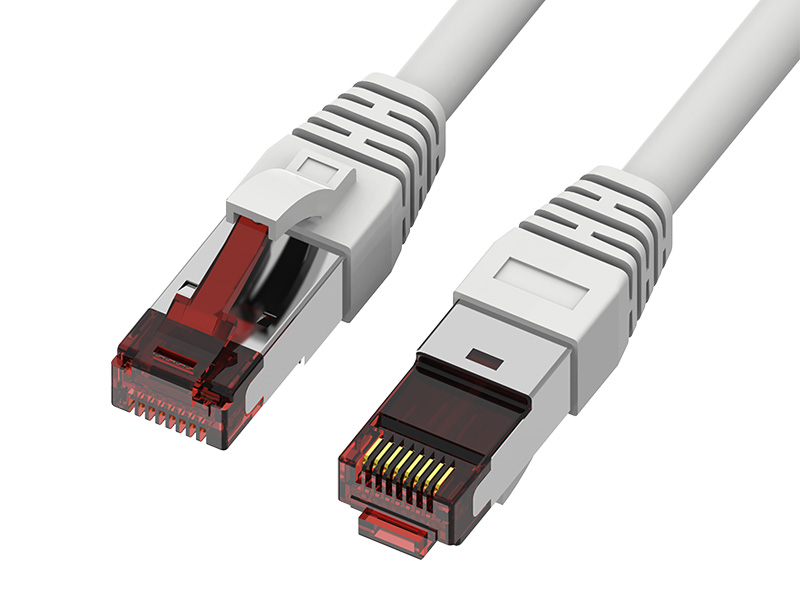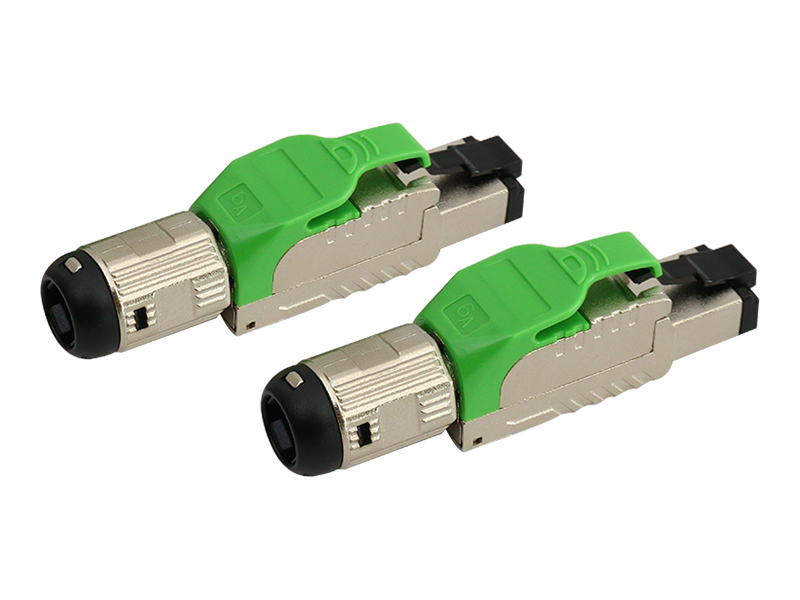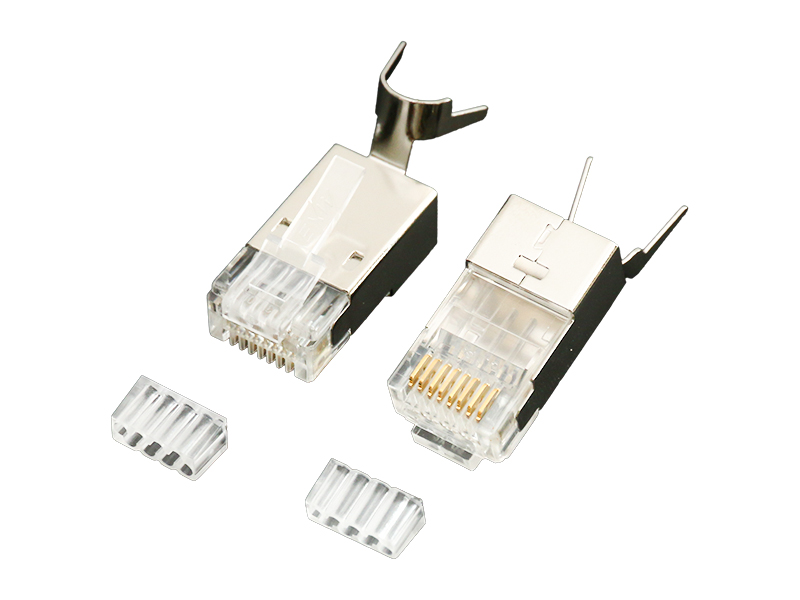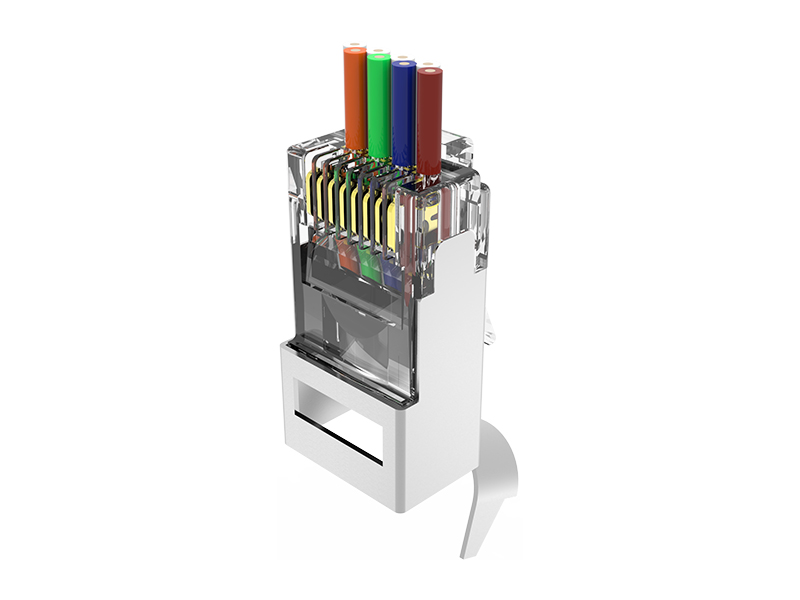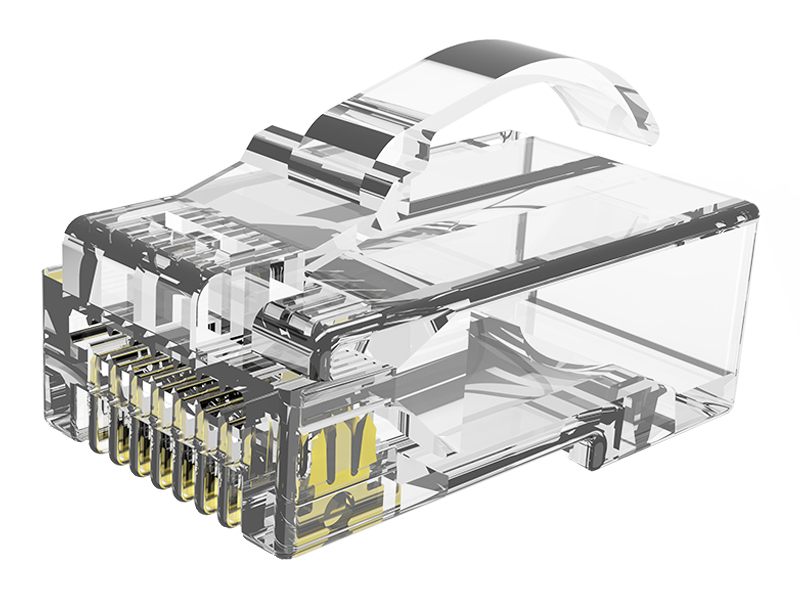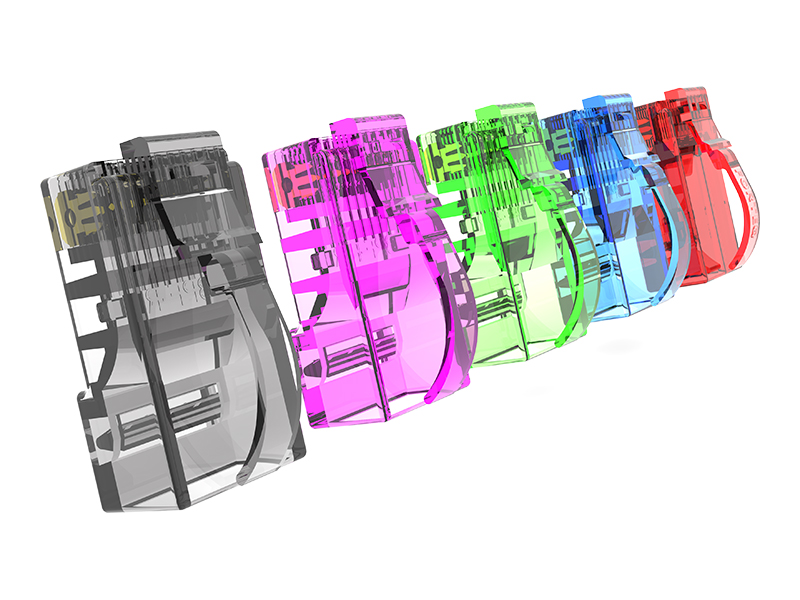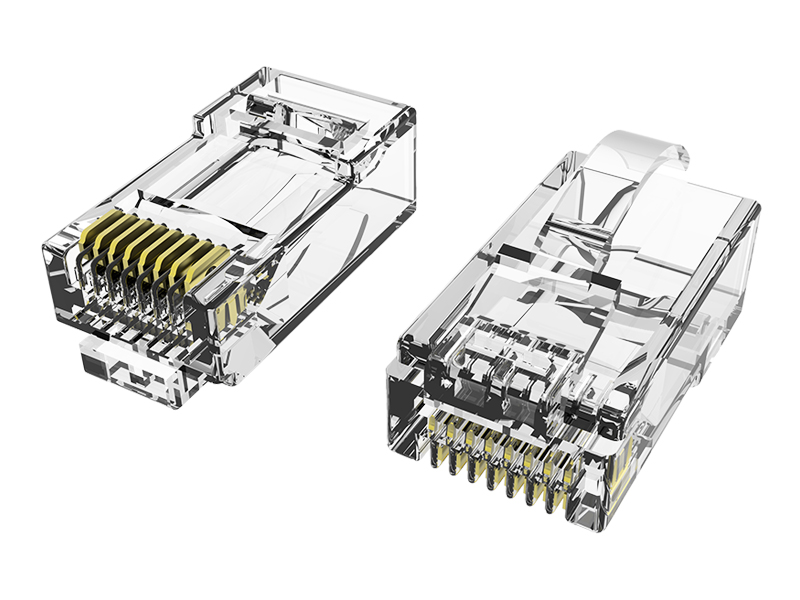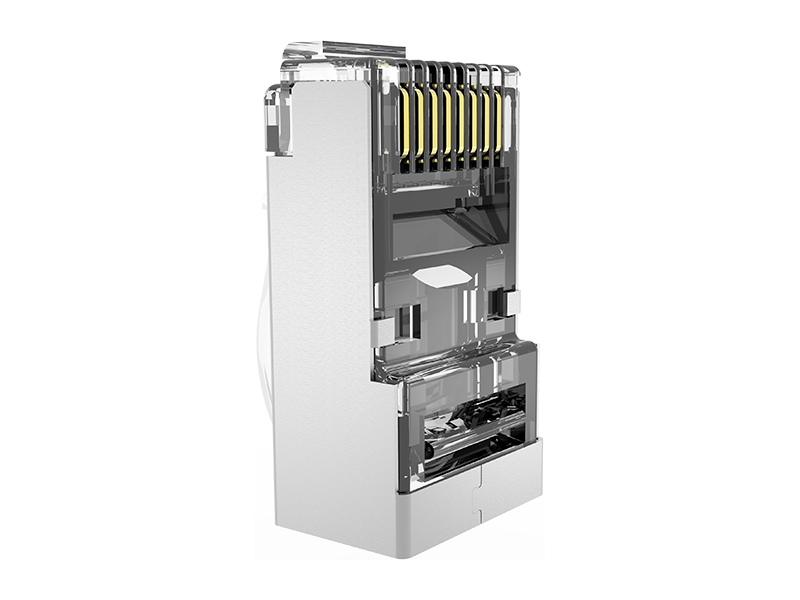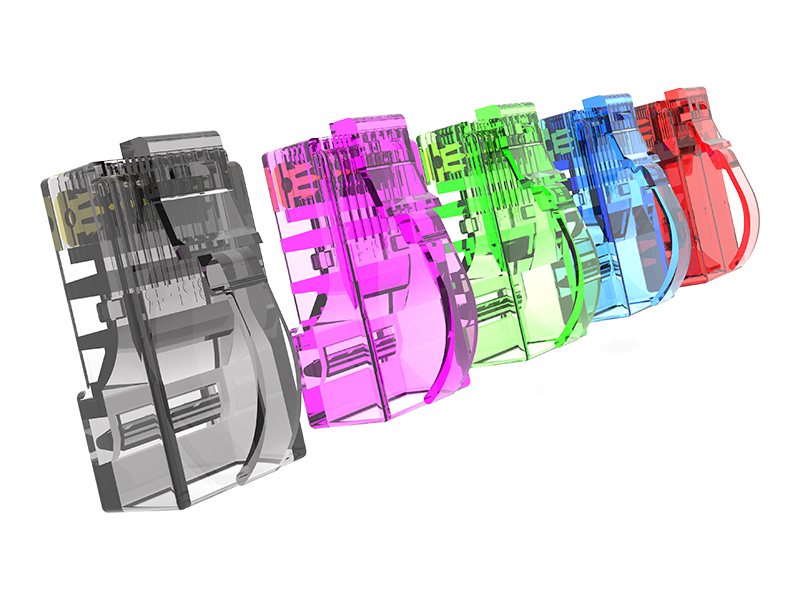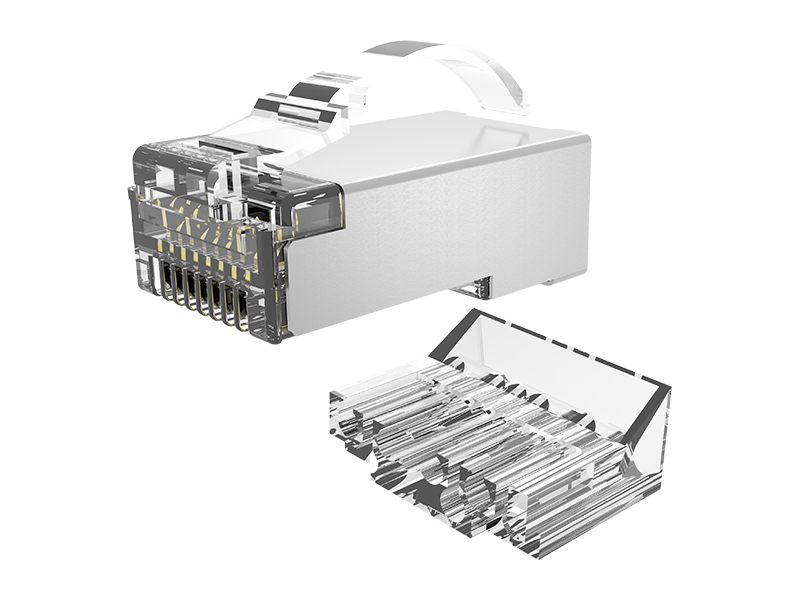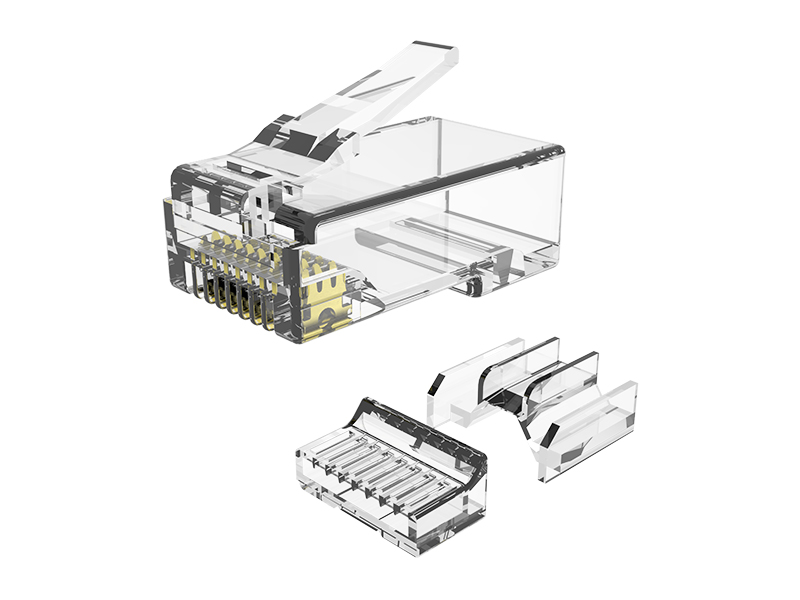Patch Cords are cable assemblies used for signal routing between different types of devices. The cable's various types and sizes allow for different connections and configurations. There are four major types of patch cords: CAT6, SC-LC, Fiber optic, and Coaxial. Choosing the right one for your application will ensure the best performance and compatibility.
CAT6
Category 6 (CAT6) patch cords meet the needs of users with high-speed network connections. This type of cable supports Gigabit Ethernet, ATM, and VoIP applications. CAT6 patch cords feature 24 AWG stranded copper conductors and are designed for use with network switches and patch panels. They are available in lengths of one, two, and three feet.
CAT6 patch cords come with two types of plugs. The first style is a standard connector, while the second is a self-tracking type. This type of cable contains an RFID IC to keep track of its location.
SC-LC
The standard jacket SC-LC Patch Cords are designed for light to medium-duty indoor applications. Custom configurations are also available for data-center racks. These cables are ROHS-compliant and come with a 10-year warranty. They are ideal for desktop/network connections. They also feature a high-quality OM3 fiber.
LC-LC Patch Cords are popular for network applications in telecommunication and data processing. They are available in duplex, single-mode, and multimode configurations. Their compact form factor makes them ideal for densely populated racks.
Fiber optic
A fiber-optic patch cord is a long piece of cable with connectors on either end. It can be used to connect optical transmitters, receivers, and terminal boxes to telecommunication equipment. This kind of cable is insulated and thickly shielded, and it is often used with a CATV, optical switch, or other telecommunication equipment.
Fiber optic patch cords come in different lengths and different connector types. Some have a single connector while others have two. The length of the fiber patch cord depends on the distance between the points of connection.
Coaxial
Patch cords are a crucial part of a data center setup. They allow you to transmit audio and video signals. They can also be used for connecting rack-mounted equipment. The quality of these cables can impact the performance of your network. Make sure to source the highest quality cables for maximum performance. A quality cable will prevent bit errors and interference.
Coaxial patch cords are available in a variety of lengths. The shortest is typically two feet long and is used for patching between two coaxial jacks. The larger sizes are generally nine and twenty-five feet long and include standard size plugs on both ends.
PVC
If you're looking for a patch cord that will last a long time, PVC patch cords are a good option. These cables can be used for multiple purposes, and they can be found in a variety of colors. These colors make it easy to distinguish the cords in a crowded cabling configuration.
In the data center, space-saving solutions are paramount. Ports are often placed next to each other to minimize cable clutter and keep equipment organized. Patch cords are a convenient extension that makes it easier to manage bulky cabling. These cables can be used in a variety of environments, including harsh environments. They may be used in industries such as telecommunication, industry 4.0, and outdoor installations.
LSZH
LSZH (Low Smoke Zero Halogen) patch cords are made to meet the specific needs of patching applications in hazardous environments. The low smoke halogen material reduces the risk of exposure to corrosive gasses produced during combustion. In addition, the cable jackets of LSZH patch cords reduce the chance of hazardous contact in occupied spaces.
LSZH patch cords are also available in multiple lengths. These high-quality cables provide easy connections between patch panels and fiber optic converters. They're also available in a variety of colours.
Armored fiber
Armored fiber patch cords are designed to meet specific security requirements and can save space. They use the same outer diameter as standard fiber cables, but have more strength and flexibility. They are often used for fiber networks, as they protect fiber and reduce the risk of damage. Armored fiber patch cords can be made with a variety of connectors, including FC and LC.
MTP/MPO fiber patch cords are a common choice for fiber optic network installations. They feature push-pull locking structures, which save construction time and maximize service life. Armored fiber patch cords are also often used in computer rooms. They are resistant to moisture and acid and alkali, and are therefore suitable for tough environments. They can also save construction costs by minimizing the risk of damage.



 中文简体
中文简体 English
English Français
Français Deutsch
Deutsch عربى
عربى

